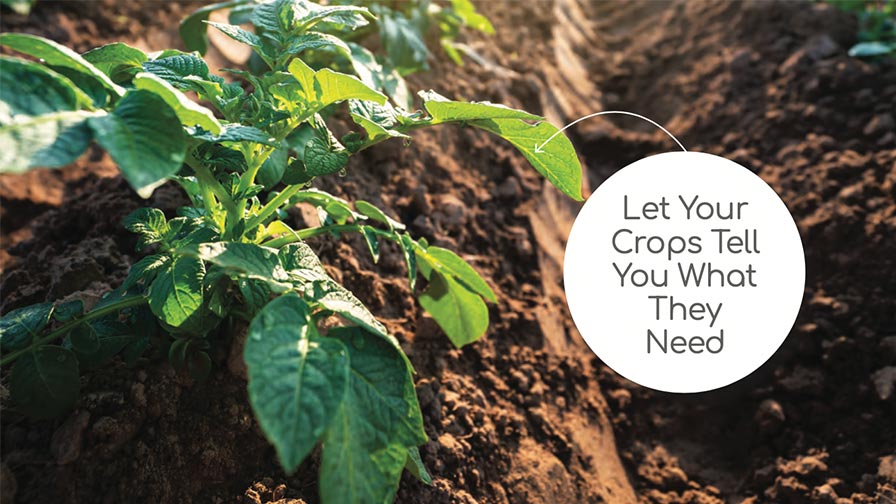Growing Produce Without Risk Management Program Is A Bad Bet
 Risk has long been recognized as a critical component of the fresh produce industry. We often characterize risk as volatility in outcomes, whether that be in price or production. But what we should focus on with risk management are the potential negative outcomes that can result from uncertainty and volatility. We would all welcome the surprise of a strong market resulting from a shortage of supply from a competing region or country, but we dread the surprise of a loss of revenue from low prices or yield losses on our own farms. The sources of risk faced by growers can be characterized as financial, price, production, legal, and labor. Any of these factors can disrupt the outcomes in your operations even if all other aspects of the operation are doing well.
Risk has long been recognized as a critical component of the fresh produce industry. We often characterize risk as volatility in outcomes, whether that be in price or production. But what we should focus on with risk management are the potential negative outcomes that can result from uncertainty and volatility. We would all welcome the surprise of a strong market resulting from a shortage of supply from a competing region or country, but we dread the surprise of a loss of revenue from low prices or yield losses on our own farms. The sources of risk faced by growers can be characterized as financial, price, production, legal, and labor. Any of these factors can disrupt the outcomes in your operations even if all other aspects of the operation are doing well.
Playing The Odds
It is important to understand risks and the alternatives for managing them if we are to become good risk managers. That means developing an understanding of the probabilities for certain outcomes and the impacts they can have on our operations. Once we understand the likelihood of alternative outcomes, we can then focus on managing to minimize the probability of those negative outcomes or managing to survive if those outcomes occur regardless of our tireless management.
To provide focus in your risk management, the final factor that needs to be known is how much of a negative risk can you absorb and still continue farming. That means defining what constitutes a ‘wreck’ for you and developing a plan to minimize the probabilities those outcomes will occur. That is exactly what producers do when they become the outstanding growers of high-quality, safe product for which they are known.
The hard part of risk management comes in managing outcomes that are beyond the control of the producer, whether that be financial (high interest rates), price (an oversupplied market), production (natural disasters), legal (from the market or the environment), or labor (availability and cost). The federal government recognizes the impacts that risk can have on farm sustainability and has developed risk management tools for producers ranging all the way back to the Farm Bill of 1933 that sought to support agriculture by supporting prices to insure disasters did not occur in the market. The evolution of farm support has moved on since then, evolving to the Agricultural Act of 2014, which shifted programs toward shared risk management with producers — asking them to participate in the cost of managing risk on the farm.
Upping The Stakes
Crop insurance is one tool for managing risk, the most common type being for production risk management. New tools are being developed that allow you to manage revenue, a program that will let you manage the interaction of price and production. The Whole Farm Revenue Protection Policy allows you to insure whole farm revenue based on the history of your farm revenues as supported by schedule F of your tax returns. After establishing your gross revenue history, you can choose coverage ranging from 50% to 85% of that history.
This program also gives growers a risk management tool for crops that may be otherwise uninsurable. As for all crop insurance programs managed through the USDA Federal Crop Insurance Corp., crop insurance premiums are subsidized to encourage participation by the growers.
No level of risk management can substitute for good growing practices. The growers that survive from year to year are those who are the most efficient in utilizing the resources they have for growing and marketing fresh produce. Crop insurance and other risk management programs are intended to protect you from the wrecks that can take you out of the business. They do not eliminate short-term pain, but they give you opportunity for long-term survival and success.










